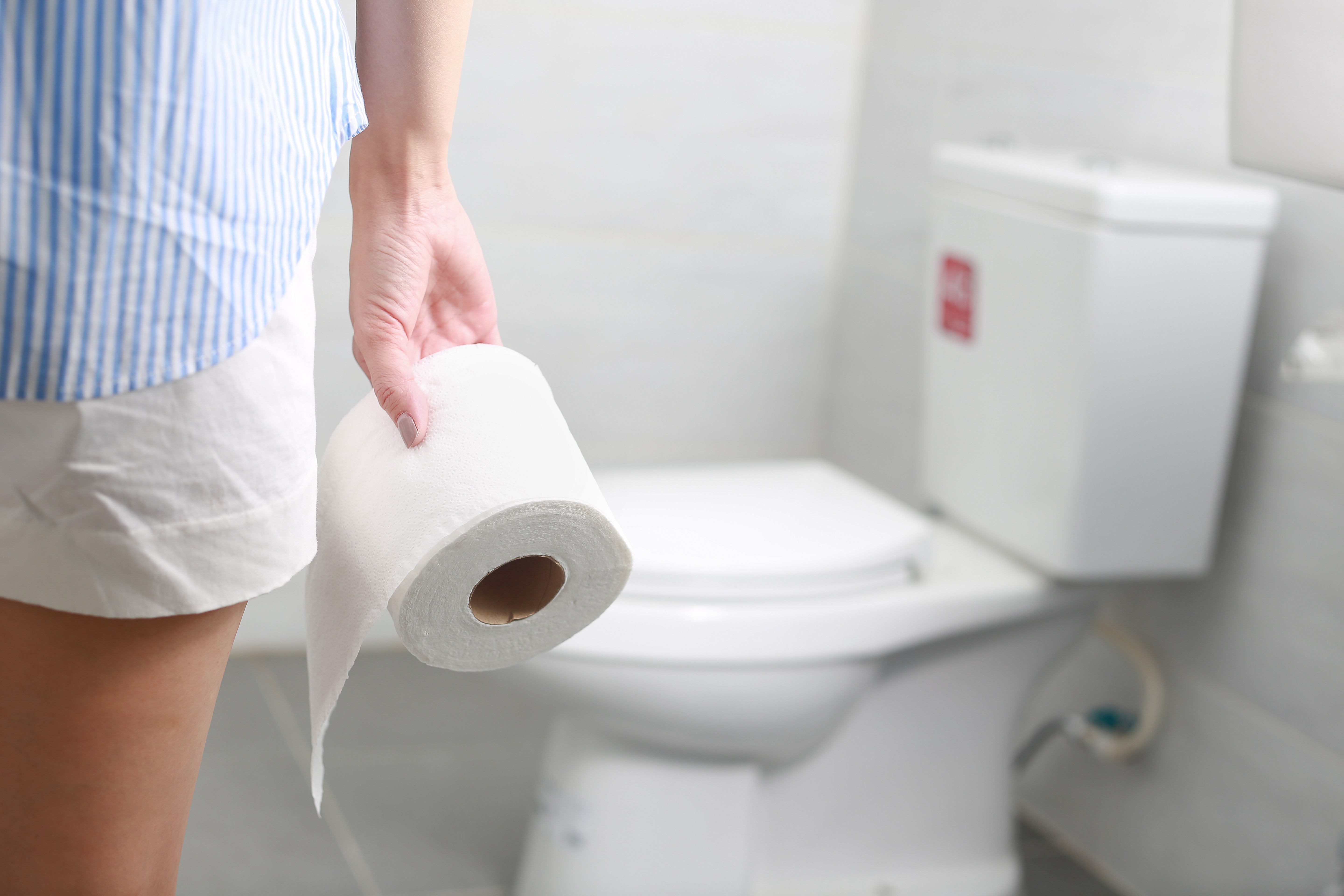How do people get shigellosis?

People can get shigellosis when they put something in their mouths or swallow something that has come in contact with the stool (poop) of a person who is sick with shigellosis.
Shigella germs are in the stool of people who are sick with shigellosis while they have diarrhea and for up to 1-2 weeks after the diarrhea has gone away.
Shigella germs are very contagious and can spread easily from person to person, especially if someone doesn’t wash their hands well enough after using the toilet. It only takes a few
Shigella germs to make someone sick, and you can’t tell by looking or smelling to know if something is contaminated with germs.
You can get
Shigella germs on your hands or in your mouth after:
- Touching surfaces (like toys, door handles, or changing tables) that are contaminated with germs from a person’s stool who is sick with shigellosis
- Changing the diaper of a child or caring for a person who is sick with shigellosis
- Eating food that was prepared by someone who is sick with shigellosis
- Swallowing water (in a pool or other recreational water area) that is contaminated with germs from stool
- Exposure to stool during sexual activity with a person who is sick or has recently been sick with shigellosis
Who can get shigellosis?
Anyone can get shigellosis, but some people are more likely to get sick than others:
-
Young children (many shigellosis outbreaks are related to childcare settings, including daycare, and schools)
-
Travelers to developing countries
-
Men who have sex with men
-
People with weakened immune systems who cannot easily fight off germs
How can I help prevent shigellosis?
The best way to avoid getting shigellosis and to help prevent the spread of germs if you are sick is to
carefully wash your hands with soap and water:
- After using the bathroom
- Before preparing food and eating
- After changing a diaper
Other ways to help prevent shigellosis:
-
Do not prepare food or share your food with others if you are sick with shigellosis.
-
Do not have sex of any kind with someone who currently has symptoms of shigellosis or has had shigellosis in the past few weeks.
-
Stay home from school or from healthcare, food service, or childcare jobs if you are sick with shigellosis.
-
Avoid swallowing water from ponds, lakes, or swimming pools that are not treated with chlorine.
-
When traveling internationally (especially in developing countries), drink only treated or boiled water, and eat only cooked foods that are served hot or fruits you peel yourself. Learn more on the CDC Travelers’ Health – Food and Water Safety webpage.